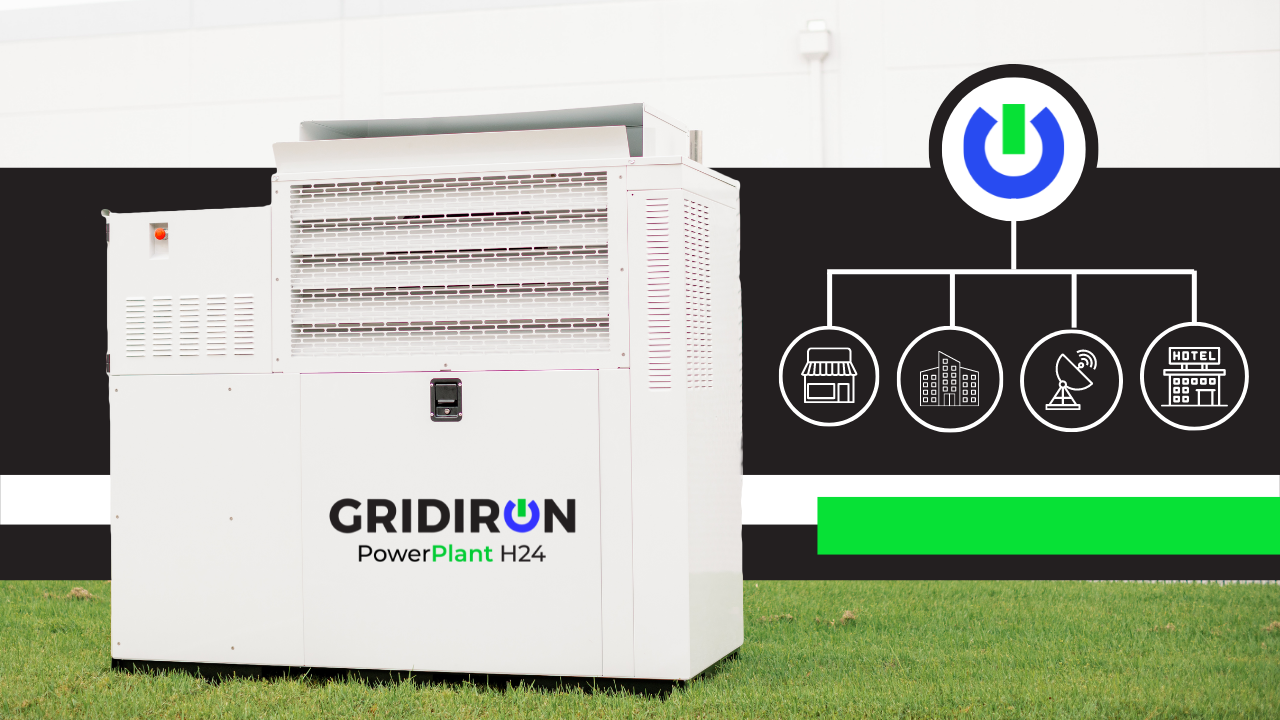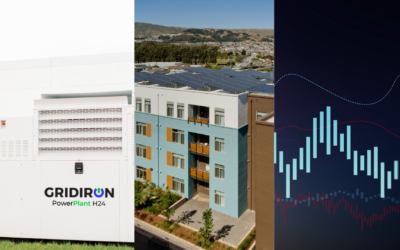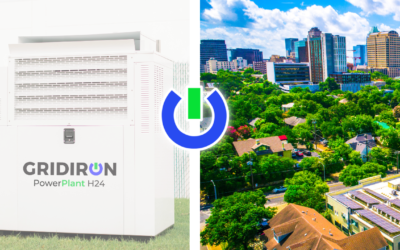The world depends on energy more than ever before. At the same time, the price of it has been increasing. While energy is more costly, the number of disruptions—from minor service interruptions to long-lasting blackouts—has also increased in the past years. There is a solution: stop relying on the unreliable grid. Start producing reliable energy onsite.
Micro-CHP, Defined
Combined Heat and Power (or CHP) systems are a form of cogeneration energy technology. CHP systems generate power and heat simultaneously. In the U.S., CHP systems already make up about 7% of electric generating capacity.
Micro-CHP systems typically generate output no greater than 50 kW in size. In comparison, larger CHP systems’ capacity is 17 MW on average. Due to their smaller size, micro-CHP systems are compatible with small to medium-sized commercial buildings looking for either baseload or load following onsite energy, or back-up or stand-by. In these scenarios, businesses create their own personal nanogrids.
As onsite energy producers, micro-CHP systems are also known as distributed energy resources or DERs. Distributed energy, or onsite energy, puts energy production at the site of consumption, behind the customer’s utility meter, allowing consumers more control over their energy bill and increased energy reliability.
How It Works
Micro-CHP systems use a variety of fuel sources and technologies for cogeneration of heat and power. GRIDIRON’s PowerPlant H24 uses natural gas or propane with reciprocating engine technology to produce heat and power locally. The PowerPlant H24 is more efficient than stand-alone generators as the heat created by the engine can be captured and used. Also due to its design, it also operates quietly, allowing for urban applications.
Multiple PowerPlant H24 mCHP units can be linked together in tandem operation to meet larger energy demand levels. Using this modular approach allows GRIDIRON to size the system to the customer’s specific energy needs. Its modular design also allows for easy transportation and installation.
Benefits of Cogeneration
Cogeneration is a major step forward in improving energy sustainability. Consumers no longer have to rely on the aging energy grid. Instead, energy is produced where it is consumed.
This onsite energy cogeneration yields greater energy savings, improves reliability, and lowers harmful emissions.
More Affordable Than the Grid
The energy cost per kWh for typical commercial businesses is $0.11. Assuming the cost per therm of natural gas is $0.65, the average cost per kWh generated by the GRIDIRON PowerPlant H24 is only $0.04.
For a business that consumers 400,000 kWh per year, using the GRIDIRON PowerPlant H24 micro-CHP system translates into $28,000 of savings each year.
More Reliable than the Grid
There are more power outages today than there were a decade ago. In the past two years, outages have resulted from hurricanes, wildfires, heat waves, and deep freezes across the country, and the current grid system has no way to protect against failures in power generation or transmission.
Most, if not all, regions in the US have more demand than the power grid can supply, resulting in rolling blackouts and failures. A lack of investment in fortifying the infrastructure is also making a bad situation much worse.
As an alternative to depending on a decrepit grid infrastructure, the GRIDIRON PowerPlant H24 can run in parallel when the grid is operating, but when there is a utility outage, the Powerplant H24 continues to operate and produce energy for the building.
Fewer Emissions Than the Grid
Using natural gas or propane, the PowerPlant H24 reduces the emissions produced by energy generation. Coal, which is used by many utilities’ power plants to produce energy, has a carbon dioxide emissions factor of 205-228 lbs/MMBtu. In comparison, natural gas produces 43%-49% fewer emissions in lbs/MMBtu. Combined with its more efficient energy generation, the GRIDIRON PowerPlant H24 could reduce emissions by as much as 69% compared to grid-connected energy, depending on where the user is located.
Micro-CHP In Action
The applications of micro-CHP systems are broad and effective. In one case, in Idaho, a hotel chain saved $9,500 in annual energy costs from using a 38-kW micro-CHP system (Source: CHP Alliance). In another case, an apartment complex saved $15,000 annually on energy costs with a 15-kW mCHP system.
Applications such as these can be replicated in a variety of situations.
Senior Living Centers
Senior living centers’ residents and staff require dependable energy for meeting service standards and healthcare demands. These consumers benefit from the security of micro-CHP systems providing uninterruptible power.
Senior living centers shouldn’t have to worry about energy outages or disruptions while providing care to their residents. Resiliency and efficiency are important for any care facility, but especially those that care for vulnerable populations.
Hotels and Restaurants
For the hospitality industry to fulfill promises of consistency, dependability, and quality service, businesses need to fulfill demands for reliable energy first — all without an extreme utility bill. Micro-CHP systems support hotels and restaurants with their critical loads and result in lower annual energy costs. In extreme weather events and grid service disruptions, mCHP power never fails—hotels and restaurants can continue operations, no matter the conditions.



